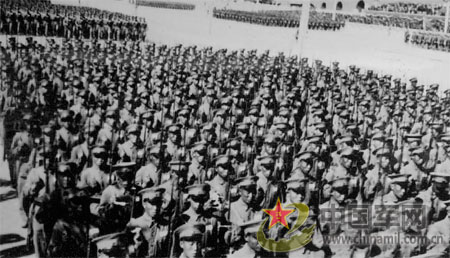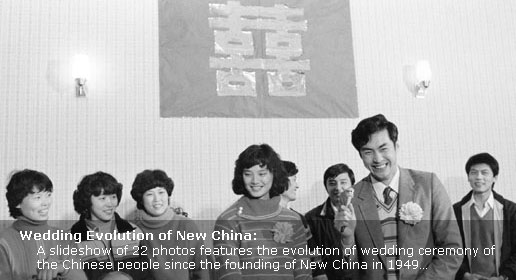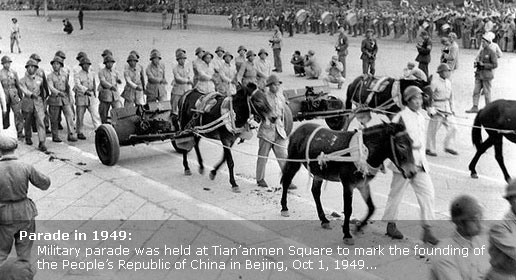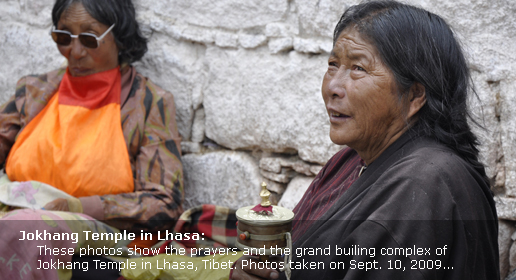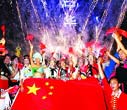Parade
1951 National Day military parade
(cctv.com)
Updated: 2009-08-26 14:57
|
|
On October 1, 1951, commander-in-chief Zhu De reviewed the troops formed by 13,348 people in Tiananmen Square accompanied by Nie Rongzhen.
The biggest highlight of this parade was the militia division. The militia was an important part of people's armed forces under the leadership of the CPC. It played an important role in both the revolutionary war and in the construction of socialism. It was the main idea in Mao Zedong's military philosophy to build a people's army and to fight a people's war. During the war years, the PLA defeated strong enemies both at home and abroad and seized the political power with the aid of the people. After the foundation of the New China, the militia actively participated in campaigns of the land reform, repressing counter revolutionaries, suppressing bandits as well as engaging in the economic and cultural construction. They also supported the war to resist the US aggression and aid Korea, making immortal contributions to protect and establish the New China. In the National Day military parade of 1951, the militia representatives, all of whom were the combat heroes and advanced models from North China's old liberated areas, formed a division, showing the high spirits of China's militia. The militia division attending the parade for the first time is a demonstration of "a nation at arms." The militia will always play an important role in China's armed forces regardless of military modernization.
Another highlight of this National Day military parade was the division consisting of cadres from military academies. Mao Zedong always attached importance to the enhancement of the army’s cultural construction. He once pointed out that an army without knowledge is a dull-witted army, and a dull-witted army cannot defeat the enemy. During the revolutionary wartime, battles broke out frequently and it was simply impossible to carry out large-scale activities for cultural construction. After the founding of the New China, the PLA made vigorous efforts to establish military academies to enhance the cultural level of officers and soldiers. The CPC Central Military Commission called on the soldiers and officers to eliminate illiteracy and enhance the cultural level of the entire army. In November 1949, the PLA Naval School was founded in Dalian.
In January 1951, the Military College of the PLA was founded, with Liu Bocheng as President and Political Commissar. In March, the Higher Military Engineering School of the PLA was founded. After the successive founding of multiple types of military academies, a large batch of experienced veteran commanders, who had not washed away the war traces, came to these academies to learn scientific knowledge. The first divisions of troops marching in this parade were composed of the representatives of high-rank military officers with many battles experiences and numerous awards who were taking lessons in military academies. They were moving forward with vigorous strides to briskly pass Tiananmen Square. Following are the division composed of the student officers from other military academies and the representatives from all armed forces. This kind of sequence with divisions from military academies taking the lead had been carried over to the year of 1959.
To demonstrate the historical modernization of the people's army, a special arrangement was made for the artillery division. During the military parade, a number of artillery guns were towed by automobiles and others by horses. Such an arrangement was made not because of a lack of automobiles but to symbolize the PLA's development from a horse-powered army to a motorized one. During the parade, jet aircrafts were arranged for the first time for review.
Translated by LOTO
